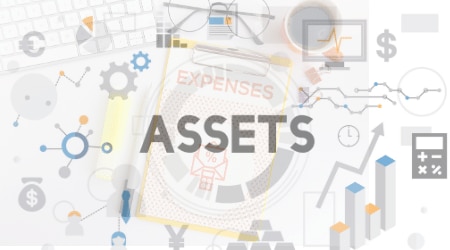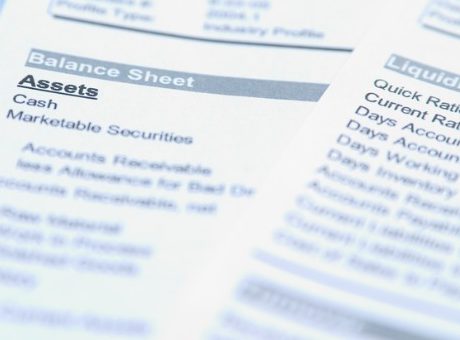What are Non-current liabilities?
Non-current liabilities (Definition)
Debts or other financial obligations that are not expected to be paid within a year are called non-current liabilities. Types of non-current liabilities include:
Credit lines: arranged between a lender and a borrower - the lender makes a certain amount of money available for the business when it needs money. So, instead of getting a lump sum of money, the business gets a specific amount of money when it needs it.
Long-term lease, such as a capital lease that finances the purchase of fixed assets (commonly used for equipment or motor vehicles). To be classified as non-current liabilities, the lease payments must last for more than one year.
Bonds payable – a long term lending agreement used to pay for capital projects and sold through an investment bank. The payment period would be longer than a year to classify as long-term.
Notes payable is an unconditional promise is made by the borrower to pay the lender back principal and interest.
Tax payable refers to when a company owes taxes that it hasn't paid yet but will have to pay in the future.




